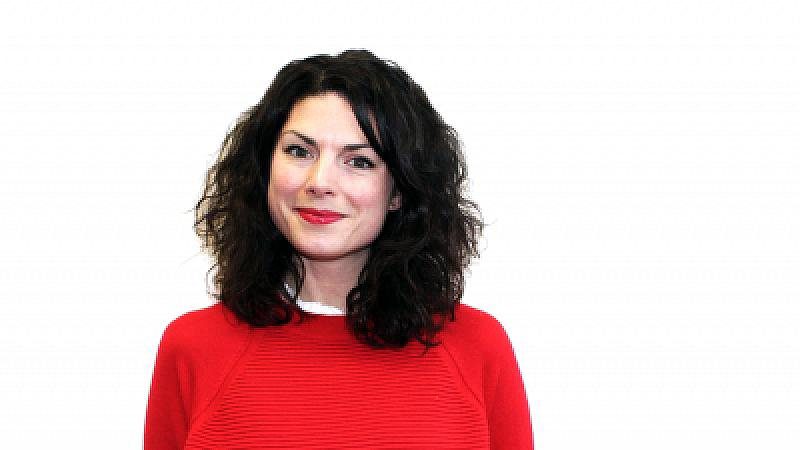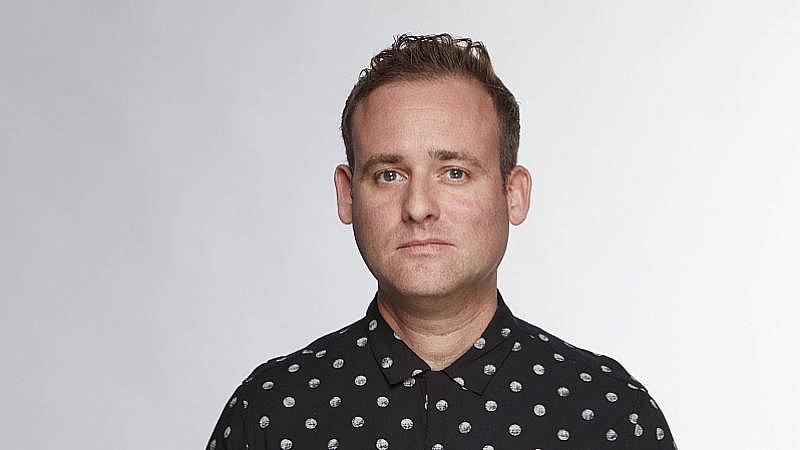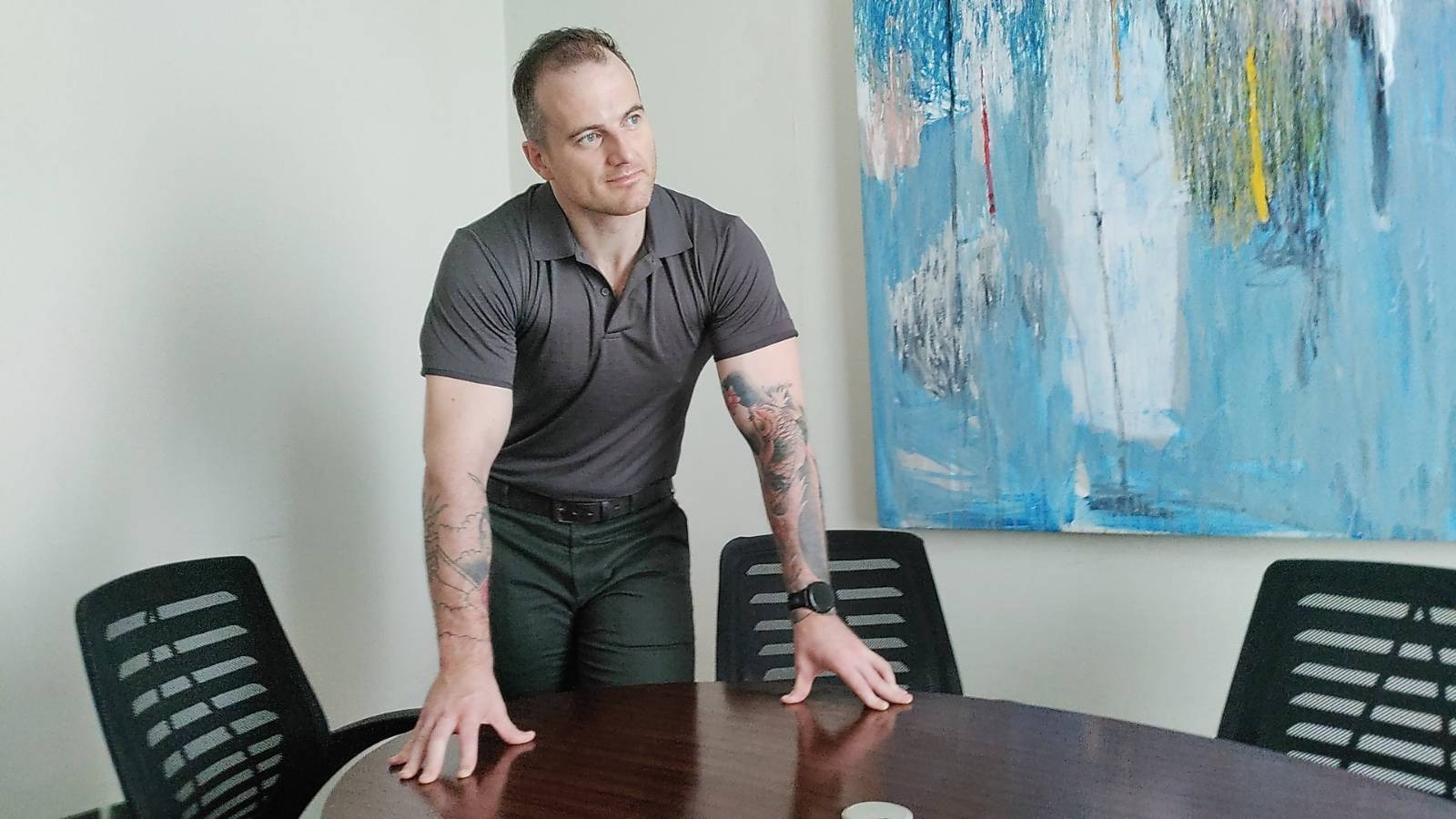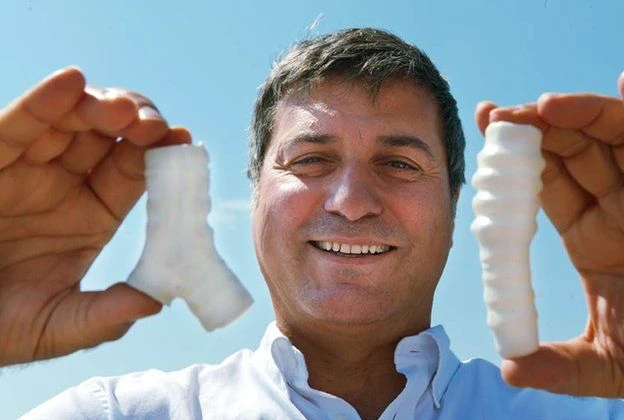
Not only does the end of this month bring the end of the year, but the decade also. What does the future hold?
We spoke to five leaders from London’s marketing, business and design sectors to find out what they predict will happen next year and beyond.
Big thanks go out to those who took the time to contribute.

As we leave a decade of flux, fear, disruption, and cumulative environmental and social damage, there can only be one unifying perspective for design and the experience it creates… BIG change is needed and it’s coming like it or not!
2020 will see in a decade of high creativity, agile innovation, intelligence in interaction and design experience – reflecting a unified purpose, to make the world a better place, not worse.
Hindsight truly is 20/20 and, from looking at the previous decade, it is clear that the years invested in brand ‘pull’ must progress to ‘push”, provoking people to think deeper is paramount to unlocking bold transformational behaviour change.
Creating experiences (physical and digital) without meaning and a positive problem-solving outcome will be called out for what it is… at best: ‘self-serving’, at worst: a ‘veneer’.
Brands will need to move towards a “push’ mentality, to provoke and facilitate positive change.
With this in mind, circularity, durability and desirability will overtake the instant gratification model.
The challenge: avoiding generic platform design. Packaging eventually becoming product design as we halt an era of plastic disposability.
New systems and experiences must be developed, where the transaction is not data harvesting, or gimmick.
The reward is instead collaborative and change-informing.
Multigenerational and innovative collaborations will reap the rewards of experience of what it was before it went wrong…not stuck in its ways, but support to the positive passion and responsible nature of the newest generations.
Hindsight may well be 20/20, but we have optimism for our role in everyones better future.

In line with the roaring trend of sustainability and conscious consumption, we see design, packaging and indeed consumption trends for 2020 and the decade to come, reaching new heights, in terms of buying less but better.
This is no longer a nice thing to do for the environment. It is an absolute necessity!
With Europe becoming the first continent to declare a climate emergency design must take an active part in the future development of packaging and consumption.
We see this very much as an opportunity for creativity, not a deterrent!
Less packaging, higher quality, more beautifully designed and therefore more likely to be kept and reused by consumers.
As the American designer and inventor Buckminster Fuller said: “the best way to predict the future is to design it”.

Given the complex challenges we’re working in, designers will need to work more collaboratively across and beyond design disciplines, with other innovators working in other parts of the system, and with other professions beyond design.
Design will need to recognise the impact it has had on the environment and how its creativity can be used to live more sustainable and lessen the effect of the climate crisis.
Design is likely to continue its increasing use as a meta-skill that is important for all of us to improve our lives: communities, public services, businesses.
As well as design-thinking, design doing is going to become more important as a way of showing what the future could be.
It is going to play a huge role alongside AI, both as a way of ensuring that AI is used in a way that people agree with, but also as AI automates jobs and people focus their activities on more creative roles, design can support this creativity to meet a social or environmental purpose.

The 1920s were arguably the real dawning of mass advertising.
Post-war, pent-up consumer desire, pockets of economic recovery and the social liberalisation the war kick-started all saw people associating with brands like never before, expressing something of themselves through their purchase decisions.
The 2020s are likely to see an acceleration of the trend whereby mass communication is replaced by personalisation.
While digital advertising is not yet truly personalised, it is hyper-segmented, and we can only be a few steps away from true personalisation.
The same goes for experience.
This cuts to the very heart of how brands have traditionally been built – to make and deliver the same promise, consistently, to a defined group of people.
Yet the parallels between the 1920s and the 2020s are greater than might initially appear.
In both periods, the fundamental driver of association between people and brands was and will be the desire to express individuality via branding choices.
But whereas once that was the finding of a common cause, next it will be the expectation of truly personal experiences that characterises our relationships with brands.

We are seeing a shift in what ‘product’ is and this is going to become more apparent in 2020.
People want on demand convenience, companies want brand loyalty, and the industry can no longer turn a blind eye to environmental responsibility.
Two part pricing products are going to be king. Subscription services will rise.
And fingers crossed this will open doors for more sustainable consumption through re-fillable, re-usable, upgradable products.
As products become services, consumers will expect an ever more bespoke offering.
Whilst we are increasingly concerned about data capture, the industry is simultaneously capitalising on the benefits of it.
The increase in companies providing sophisticated and uniquely personalised services and products to users, particularly in the cosmetics and wellbeing markets is going to escalate in 2020, opening new doors to on-demand manufacturing capabilities in the process.
Finally – the key thing for 2020 is transparency.
Consumers want to know more about where their products come from and companies are going to be called out for unsustainable, unethical business.





